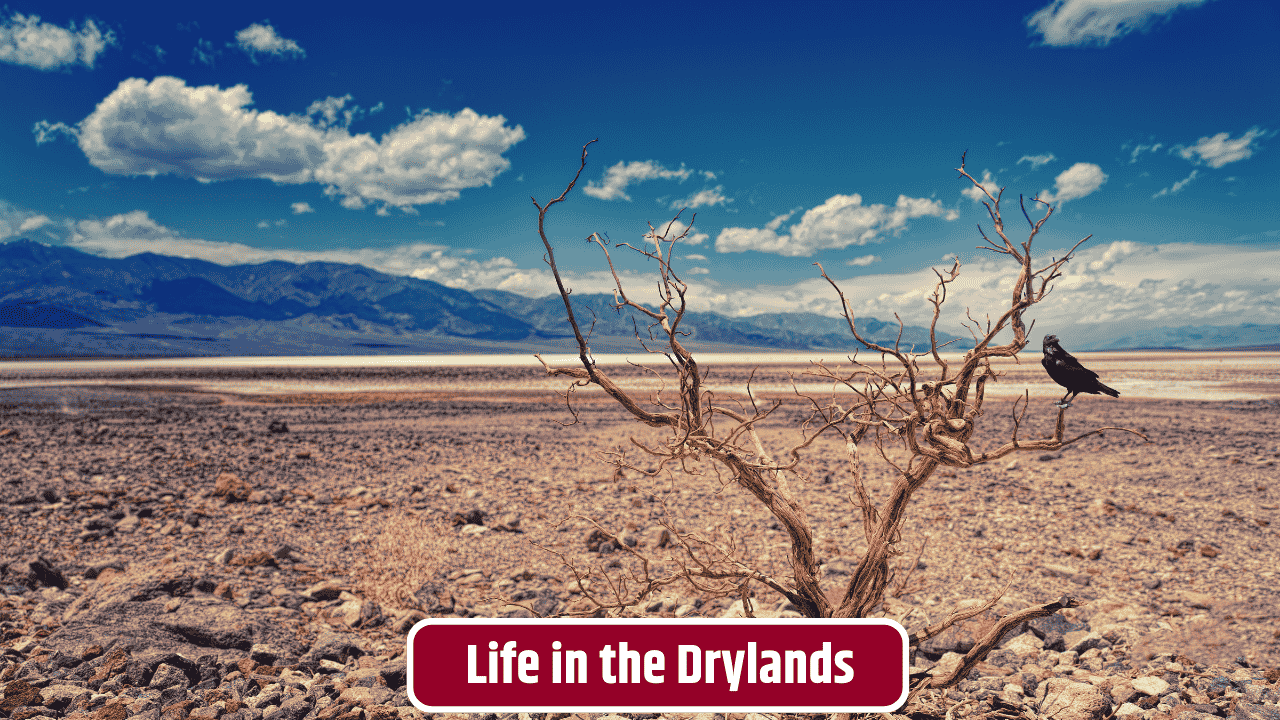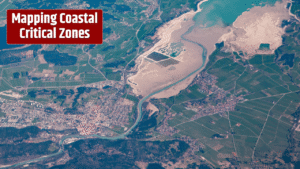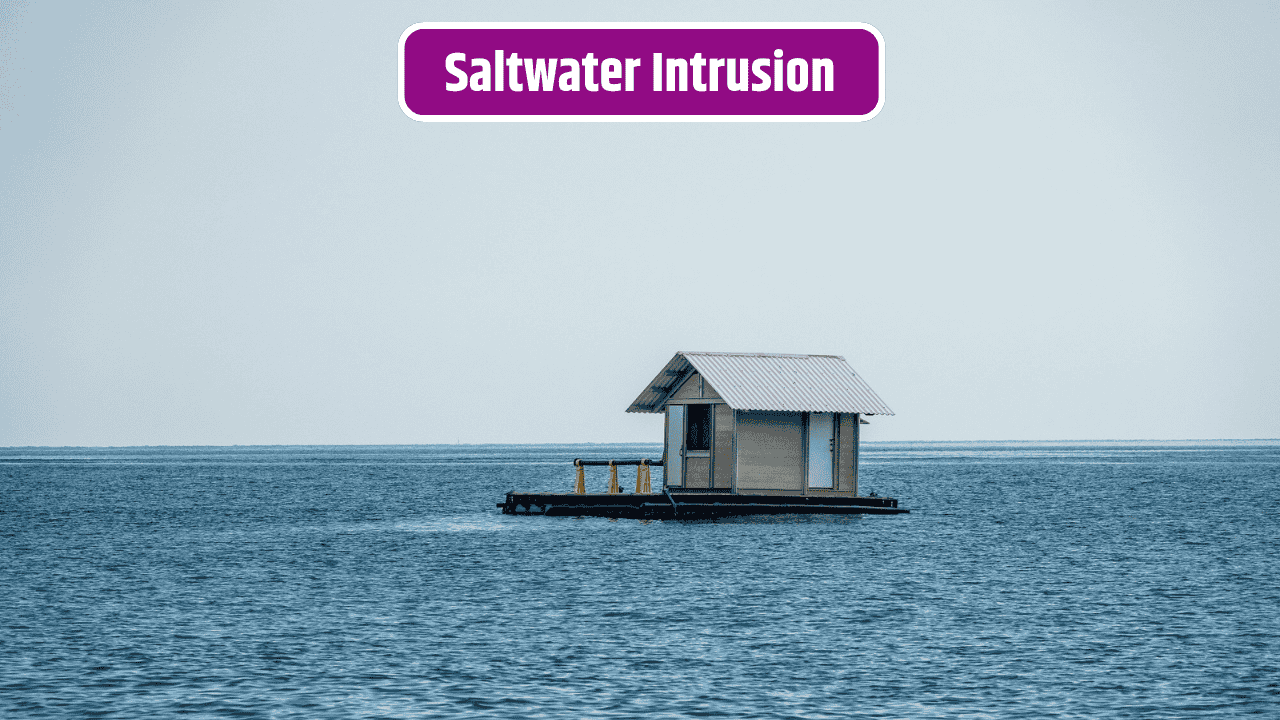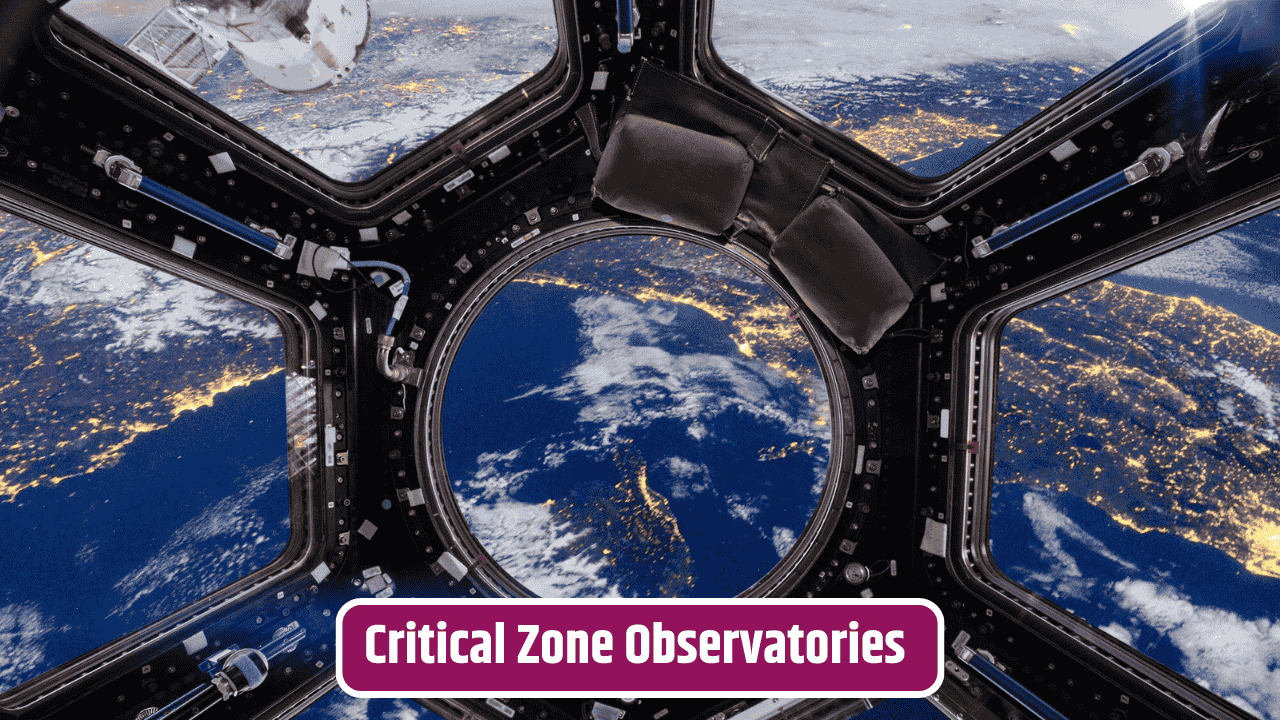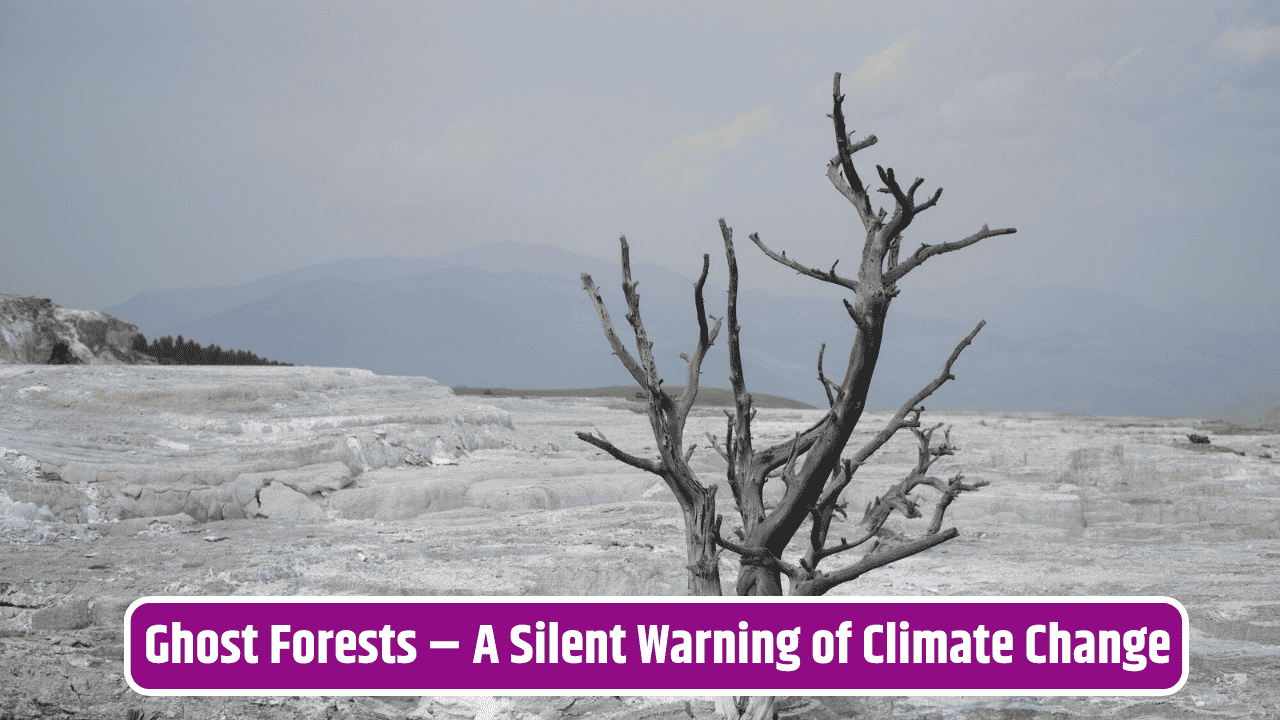Life in the drylands is a bit like watching nature pull off a magic trick. You look out across what seems like an endless stretch of sand, cracked earth, and scattered shrubs, and you wonder—how on earth does anything survive here? Yet, millions of people, countless plants, and entire ecosystems make it work. The secret sauce? Something scientists call the Critical Zone—a thin, fragile layer at the Earth’s surface that quietly keeps life going, even in places that look downright unforgiving.
Table of Contents
What Exactly Is the Critical Zone?
Think of it as Earth’s life-support system. The Critical Zone stretches from the tops of trees down through the soil and into the groundwater. It’s where rocks break down into minerals, rain trickles through soil layers, microbes feast, roots dig deep, and carbon gets stored. In drylands—areas that get less than 65% of the global average rainfall—this zone plays an outsized role. It acts like a sponge, storage tank, and filter all at once. Without it, the desert would be nothing but bare rock and dust storms.
Survival in Scarcity
Drylands cover more than 40% of the Earth’s land surface and are home to nearly 2 billion people, according to the United Nations Convention to Combat Desertification. That’s a huge chunk of humanity living where water is often scarce and resources are stretched thin. So how do they manage?
The Critical Zone’s soil and rock layers capture every drop of rainfall, storing it underground to be tapped slowly over time. Plant roots—sometimes reaching tens of feet deep—draw from this hidden reservoir. Communities build on that natural system with clever practices: rainwater harvesting, terracing, and using drought-resistant crops. It’s a delicate balance, but one that’s been fine-tuned over centuries.
Here’s a simple breakdown of how the zone “works” in dry regions:
| Feature of the Critical Zone | Role in Drylands | Example |
|---|---|---|
| Soil layers | Hold moisture & nutrients | Acacia trees tapping deep soil water |
| Bedrock fractures | Store hidden groundwater | Wells in Rajasthan, India |
| Microbial life | Breaks down organic matter | Desert crusts that fix nitrogen |
| Vegetation | Stabilizes soil, reduces erosion | Sagebrush in the American West |
The Human Side of Dryland Life
For people living in these zones, survival isn’t just about plants and rocks—it’s about culture and adaptation. Nomadic herders in Mongolia, farmers in the Sahel, and desert communities in Arizona all rely on the same principle: use the land carefully, because it doesn’t forgive overuse.
Unfortunately, overgrazing, deforestation, and climate change are stressing the Critical Zone. When the balance tips, soils degrade, aquifers dry up, and desertification sets in. According to FAO, nearly 75% of drylands are already under threat from human pressures and shifting weather patterns.
Science and Innovation Step In
Researchers are now looking at drylands as living laboratories. Satellites track groundwater shifts, drones map soil moisture, and ecologists study how desert plants “engineer” their environment. Some even propose enhancing soil microbiomes to restore fertility in degraded zones.
On the human side, governments and NGOs push for sustainable practices—like drip irrigation in Israel, solar-powered water pumps in Africa, or agroforestry in India—that let communities thrive without exhausting the land. The Critical Zone, in short, is both fragile and resilient. With smart management, it can keep supporting billions, even as climates grow harsher.
Why It Matters to All of Us
It’s easy to think drylands are someone else’s problem—until dust storms from the Sahara cross the Atlantic and affect weather in the Americas, or droughts push up global food prices. The Critical Zone isn’t just a local lifeline; it’s part of Earth’s interconnected system. Protecting it helps stabilize economies, ecosystems, and even the air we breathe.
Fact Check
Drylands often get portrayed as “empty” or “useless,” but that’s far from true. They support nearly half of the world’s livestock, vast mineral resources, and unique biodiversity. Credible studies from the U.S. Geological Survey and UN reports confirm that drylands aren’t barren wastelands—they’re vital, if fragile, systems that demand smarter stewardship.
FAQs
What is the Critical Zone in simple terms?
It’s the thin layer from treetops to groundwater where water, soil, air, and life interact.
Why are drylands important to global food security?
They host major grazing lands and crop systems, making them crucial for food supply chains.
Can technology really solve water shortages in drylands?
It helps, but must be paired with sustainable land management. Tech alone isn’t enough.
Are deserts and drylands the same thing?
Not exactly. Deserts are extreme drylands, but drylands also include savannas, grasslands, and semi-arid regions.
What threatens the Critical Zone most?
Climate change, unsustainable farming, overgrazing, and deforestation.

